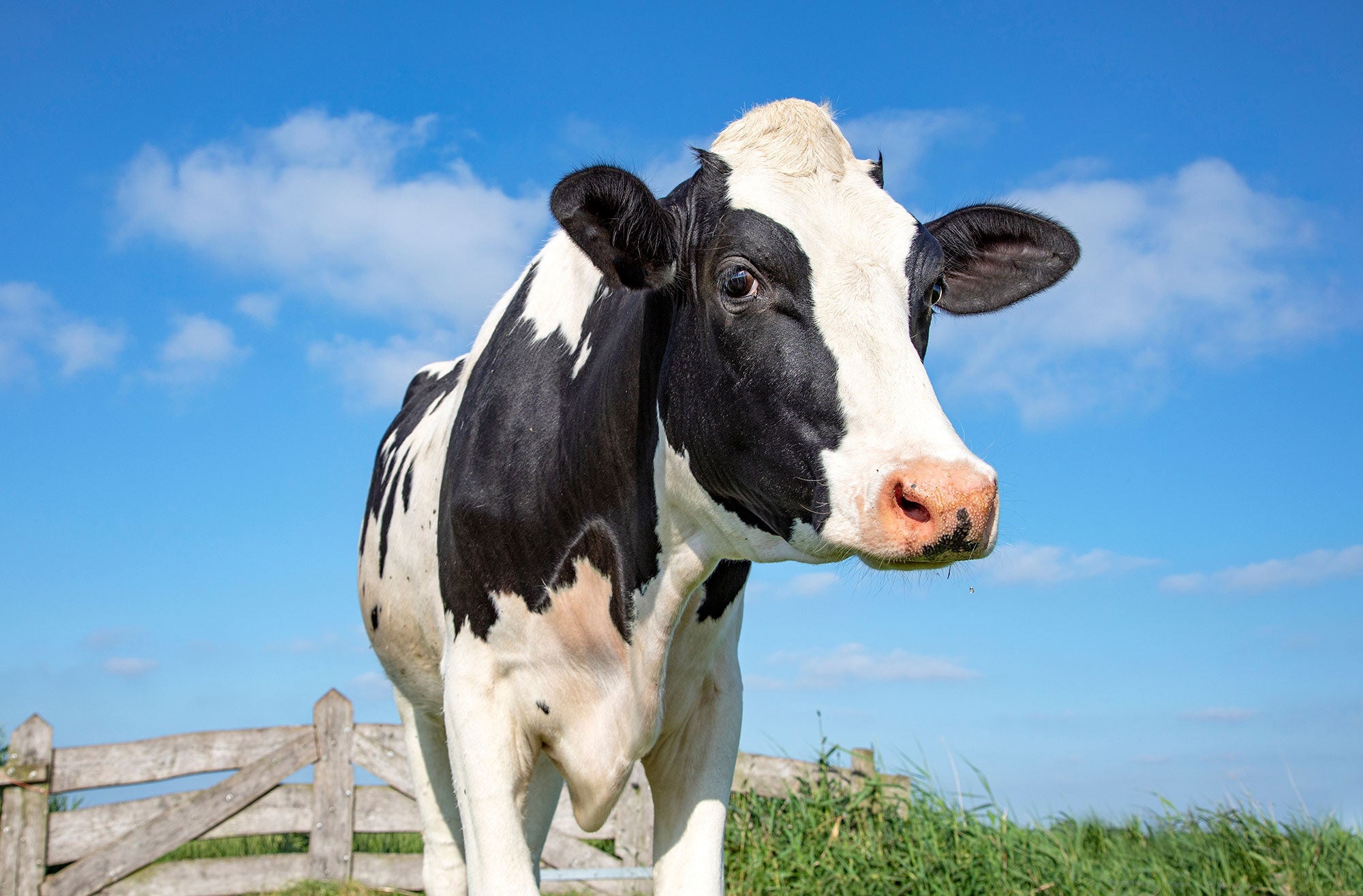
Holstein cows are the rock stars of the dairy world. Known for their iconic black-and-white spots, these cows are more than just a pretty face. Did you know Holsteins produce more milk than any other breed? That's right! These bovine beauties can churn out up to 9 gallons of milk a day. But there's more to them than just milk. Holsteins have a rich history dating back over 2,000 years. They are also incredibly adaptable, thriving in various climates around the globe. Whether you're a dairy farmer, a milk lover, or just curious, these 19 facts will give you a deeper appreciation for Holstein cows.
Holstein Cows: An Overview
Holstein cows are among the most recognizable and popular dairy cattle breeds worldwide. Known for their distinctive black and white markings, these cows are celebrated for their high milk production. Let's dive into some fascinating facts about Holstein cows.
Origin and History
Holstein cows have a rich history that dates back centuries. Their journey from Europe to becoming a staple in dairy farms globally is quite intriguing.
- Holstein cows originated in the Netherlands, specifically in the provinces of North Holland and Friesland.
- The breed was developed over 2,000 years ago by crossbreeding black cattle of the Batavians and white cattle of the Friesians.
- Holsteins were first imported to the United States in the mid-1800s, quickly becoming the dominant dairy breed.
Physical Characteristics
Holstein cows are easily identifiable due to their unique appearance and impressive size. Their physical traits are not just for show; they play a role in their dairy production capabilities.
- Holstein cows are the largest of the dairy breeds, with mature cows weighing around 1,500 pounds.
- They have a distinctive black and white coat pattern, although some Holsteins can be red and white.
- Their large udders are designed to hold significant amounts of milk, contributing to their high milk yield.
Milk Production
Holstein cows are renowned for their exceptional milk production. Their ability to produce large quantities of milk makes them a favorite among dairy farmers.
- On average, a Holstein cow can produce about 23,000 pounds of milk per year.
- Holstein milk has a lower butterfat content compared to other breeds, making it ideal for fluid milk consumption.
- The breed's high milk yield is due to their efficient feed conversion and large udder capacity.
Lifespan and Health
Understanding the lifespan and health of Holstein cows is crucial for dairy farmers to maintain a productive herd. These factors influence their overall productivity and longevity.
- The average lifespan of a Holstein cow is around 6 years, although some can live longer with proper care.
- Holsteins are prone to certain health issues, such as mastitis and lameness, which require careful management.
- Regular veterinary care and a balanced diet are essential to maintaining the health and productivity of Holstein cows.
Breeding and Genetics
Breeding practices and genetic advancements have played a significant role in enhancing the qualities of Holstein cows. These efforts aim to improve milk production, health, and overall efficiency.
- Selective breeding has led to significant improvements in milk yield and udder health in Holstein cows.
- Artificial insemination is commonly used in Holstein breeding to ensure the best genetic traits are passed on.
- Genomic testing helps identify the best breeding candidates, further enhancing the breed's qualities.
Economic Impact
Holstein cows have a substantial economic impact on the dairy industry. Their high milk production and efficiency make them valuable assets to dairy farmers.
- Holstein cows contribute significantly to the global dairy industry, providing a large portion of the world's milk supply.
- The breed's high milk yield translates to higher profits for dairy farmers, making them a preferred choice.
- Holsteins also play a role in the beef industry, as their male calves are often raised for meat production.
Fun and Lesser-Known Facts
Beyond their dairy prowess, Holstein cows have some fun and lesser-known facts that make them even more interesting.
- Holstein cows have unique coat patterns, with no two cows having the same markings, much like human fingerprints.
Holstein cows are truly remarkable creatures, from their rich history to their impressive milk production capabilities. Their impact on the dairy industry and beyond is undeniable, making them a fascinating subject for anyone interested in agriculture and animal science.
Holstein Cows: More Than Just Black and White
Holstein cows aren't just famous for their striking black and white spots. These dairy giants are milk-producing powerhouses, giving us more milk than any other breed. Their friendly nature makes them a favorite among farmers. Holsteins have a rich history, originating from the Netherlands over 2,000 years ago. They’ve adapted well to different climates, thriving in various parts of the world. Their impressive genetics have led to advancements in dairy farming, ensuring we get high-quality milk. Holsteins also play a crucial role in the agricultural economy, supporting countless jobs and industries. Next time you enjoy a glass of milk or a slice of cheese, remember the incredible Holstein cows behind it. Their contributions go beyond the barn, impacting our daily lives in ways we often overlook.
Was this page helpful?
Our commitment to delivering trustworthy and engaging content is at the heart of what we do. Each fact on our site is contributed by real users like you, bringing a wealth of diverse insights and information. To ensure the highest standards of accuracy and reliability, our dedicated editors meticulously review each submission. This process guarantees that the facts we share are not only fascinating but also credible. Trust in our commitment to quality and authenticity as you explore and learn with us.


